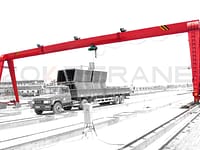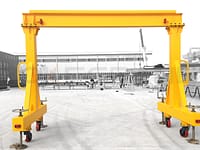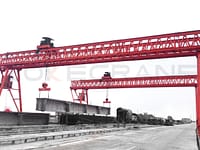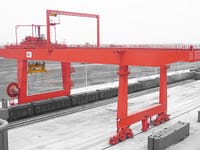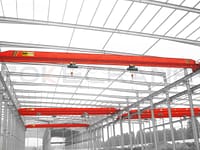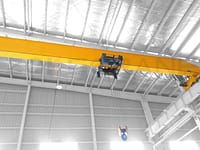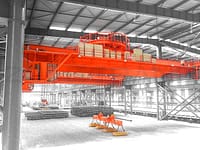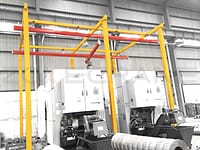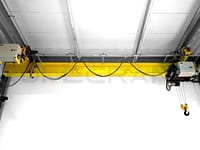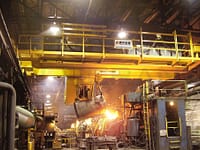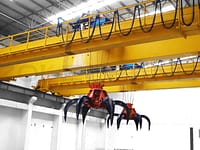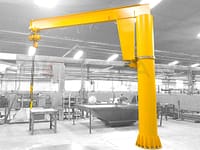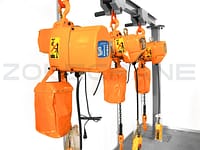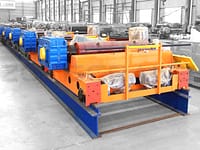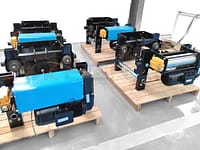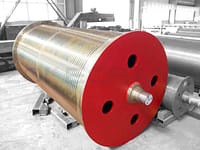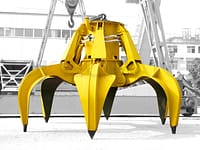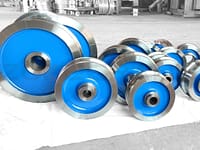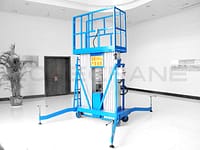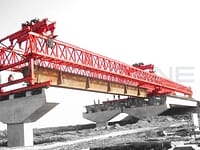A crane grab, also known as a material grab or lifting grab, is an attachment used with cranes to grip and lift various types of materials. The specific working mechanism of a crane grab depends on its design and type. However, the general principle of operation involves the following steps:

Approach and Positioning
The crane with the grab attachment is maneuvered into position above the material to be lifted. The crane operator ensures that the grab is properly aligned and positioned for effective engagement with the load.
Activation and Grip
Once the grab is positioned correctly, the operator activates the grab's mechanism. The activation method depends on the grab type and may involve hydraulic, mechanical, or electrical controls. The activation causes the grab's jaws or shells to close around the material.
Grip Adjustment
After the initial grip, the operator may need to adjust the grip to ensure a secure hold on the material. This adjustment allows for proper balance and stability during the lifting process. Depending on the grab type, there may be mechanisms or controls that enable the operator to fine-tune the grip.
Lifting
With the material securely held in the grab, the crane operator activates the lifting mechanism of the crane. This mechanism may involve a hoist or winch system, which raises the load off the ground. The crane's lifting capacity and the grab's design determine the maximum weight the grab can handle.
Transport and Release
Once the material is lifted, the crane, with the attached grab, can transport the load to the desired location. The grab's design and features, such as trolley or crab mechanisms, allow for lateral movement along the crane's bridge. When the load reaches the intended destination, the operator activates the grab's release mechanism to open the jaws or shells, thereby releasing the material.

It's important to note that different types of crane grabs have specific operating principles based on their design and intended use. For example, a clamshell grab opens and closes vertically, while an orange peel grab opens and closes horizontally. Similarly, a timber grab has pointed or spiked ends to penetrate wood, whereas a magnetic grab uses a magnetic force to hold ferrous materials.
The specific working mechanism of a crane grab is determined by factors such as the type of material being handled, the required grip strength, and the efficiency of the material transfer process. Proper training and expertise are essential for crane operators to effectively operate and control the grab to ensure safe and efficient material handling operations.
